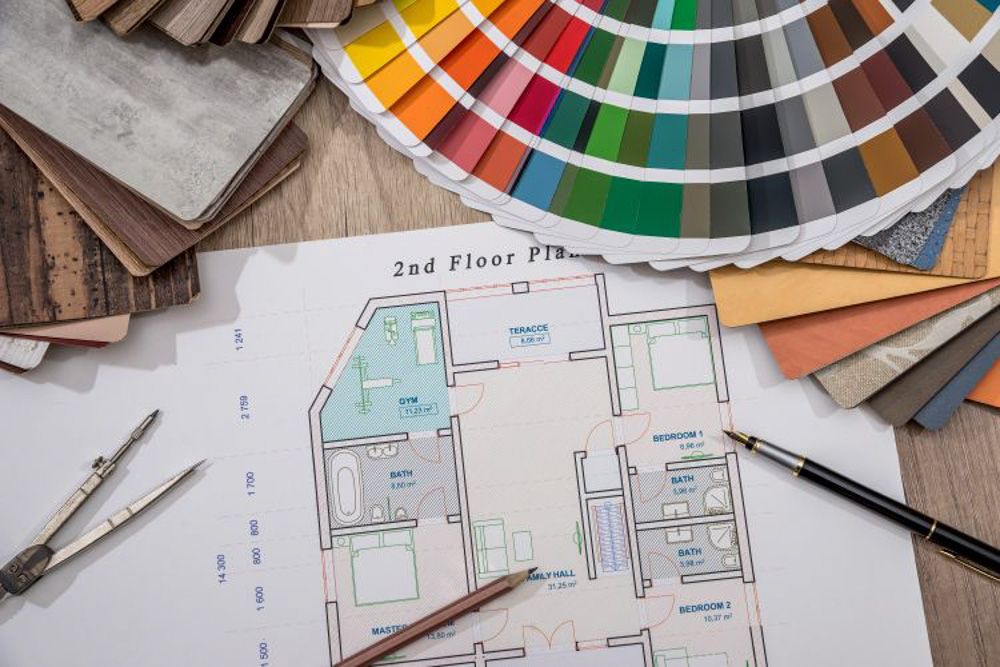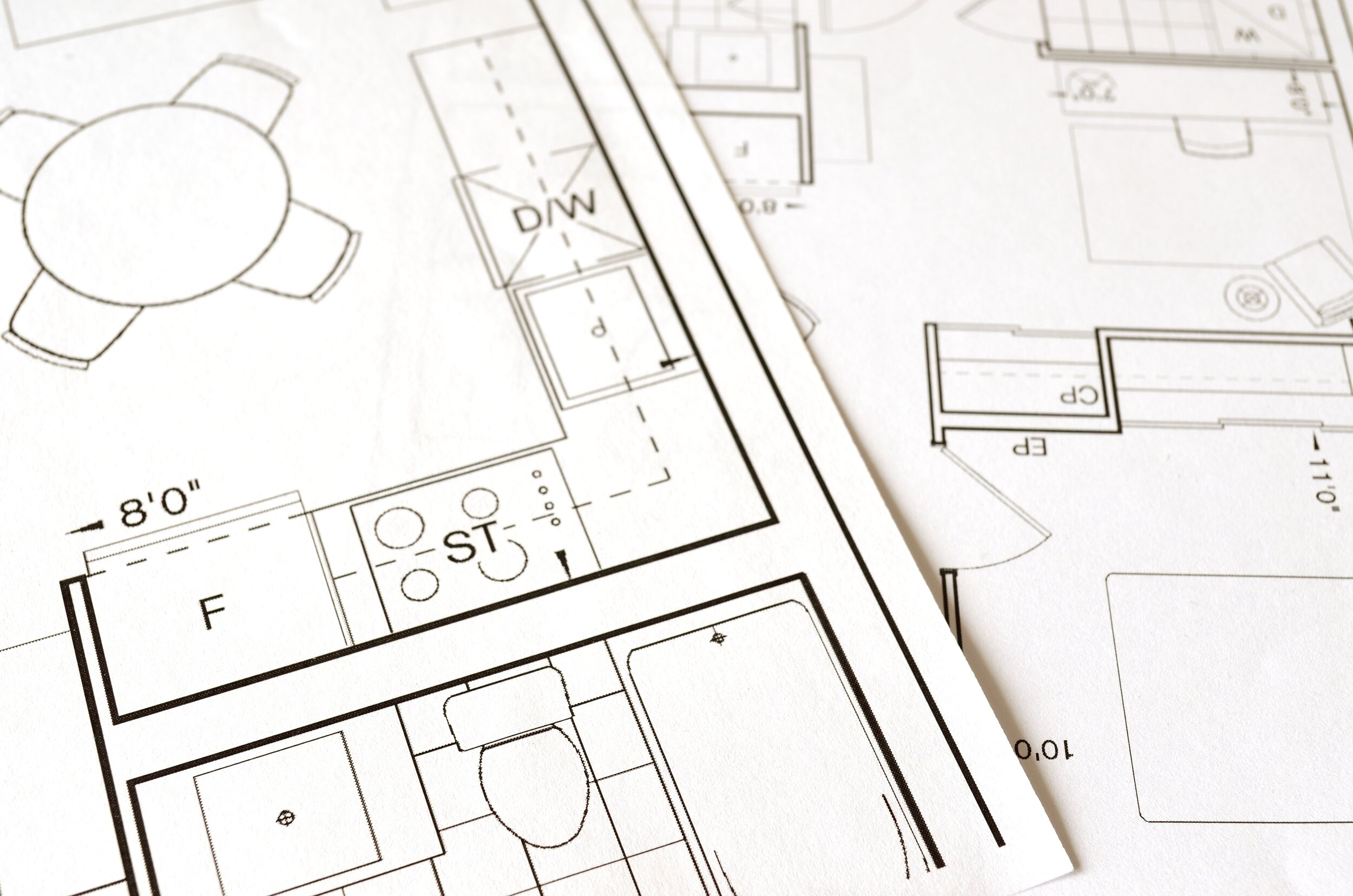Work with a Premium Home Designer to Build a Timeless Masterpiece
Work with a Premium Home Designer to Build a Timeless Masterpiece
Blog Article
The Art of Balance: Exactly How Interior Design and Home Engineer Collaborate for Stunning Outcomes
In the realm of home design, striking a balance in between visual appeals and performance is no tiny task. This fragile stability is attained via the unified collaboration between indoor developers and architects, each bringing their unique experience to the table. The result? Spaces that are not just visually stunning but also incredibly habitable. This perfect blend is not constantly easy to achieve. Remain with us as we check out the ins and outs of this collective process and its transformative impact on home design.
Understanding the Core Distinctions Between Interior Layout and Home Style
While both Interior Design and home design play vital roles in developing visually pleasing and functional rooms, they are naturally different disciplines. Home style mostly focuses on the architectural elements of the home, such as building codes, safety and security laws, and the physical building and construction of the area. It deals with the 'bones' of the structure, collaborating with spatial dimensions, load-bearing wall surfaces, and roofing designs. On the various other hand, Interior Design is extra concerned with enhancing the aesthetic and sensory experience within that framework. It involves choose and organizing furnishings, choosing shade schemes, and integrating decorative aspects. While they work in tandem, their functions, responsibilities, and areas of knowledge diverge dramatically in the creation of an unified home environment.
The Harmony Between Home Design and Interior Decoration
The harmony between home architecture and Interior Design depends on a shared vision of design and the enhancement of practical aesthetic appeals. When these 2 areas straighten harmoniously, they can transform a space from average to remarkable. This partnership needs a much deeper understanding of each technique's concepts and the capacity to develop a natural, cosmetically pleasing setting.
Unifying Design Vision
Unifying the vision for home architecture and Interior Design can produce a harmonious home that is both practical and visually pleasing. The balance begins with an integrated attitude; engineers and indoor developers work together, each bringing their expertise. This unison of ideas creates the layout vision, a plan that overviews the job. This shared vision is vital for consistency throughout the home, guaranteeing a fluid shift from outside architecture to interior areas. It promotes a collaborating strategy where building aspects enhance Interior Design parts and the other way around. The outcome is a cohesive living space that shows the house owner's preference, way of life, and personality. Hence, unifying the style vision is vital in blending style and Interior Design for spectacular results.
Enhancing Functional Looks
Exactly how does the synergy between home architecture and indoor design improve practical appearances? Engineers lay the foundation with their architectural layout, making sure that the space is useful and efficient. A designer might design a residence with big home windows and high ceilings.
Significance of Collaboration in Creating Balanced Spaces
The cooperation between indoor designers and architects is pivotal in producing balanced areas. It brings harmony in between design and style, giving birth to spaces that are not only aesthetically pleasing yet also useful. Exploring effective collective techniques can provide insights right into how this harmony can be efficiently attained.
Harmonizing Design and Style
Balance, an important facet of both Interior Design and style, can only really be accomplished when these two fields operate in harmony. This harmony is not simply a visual consideration; it affects the capability, resilience, and inevitably, the livability of a space. Interior developers and engineers should recognize each various other's roles, appreciate their expertise, and interact successfully. They have to take into consideration the interplay of structural aspects with style, the flow of spaces, and the effect of light and color. This collective procedure results in a cohesive, balanced layout where every component contributes and has an objective to the overall aesthetic. Integrating design and design is not just about creating gorgeous spaces, but about crafting rooms that function flawlessly for their citizens.
Successful Collective Strategies

Situation Studies: Effective Assimilation of Design and Architecture
Checking out numerous study, it becomes noticeable just how the successful assimilation of Interior Design and style can change a room. The Glass House in Connecticut, great post to read renowned for its minimalistic elegance, is one such example. Engineer Philip Johnson and interior developer Mies van der Rohe worked together to create a harmonious equilibrium between the framework and the inside, leading to a smooth circulation from the outside landscape to the internal living quarters. One more prototype is the Fallingwater Home in Pennsylvania. Engineer Frank Lloyd Wright and interior developer Edgar Kaufmann Jr.'s collaborative initiatives cause a strikingly one-of-a-kind house that mixes More Bonuses with its all-natural surroundings. These study underline the profound influence of a successful style and style collaboration.

Conquering Challenges in Style and Design Collaboration
In spite of the undeniable advantages of a successful cooperation between Interior Design and design, it is not without its obstacles. Interaction concerns can arise, as both parties might utilize various terminologies, understandings, and approaches in their work. This can lead to misconceptions and hold-ups in project completion. An additional major obstacle is the balancing act of aesthetic appeals and capability. Designers might focus on structural honesty and safety, while developers concentrate on comfort and design. The integration of these goals can be intricate. Additionally, budget and timeline restrictions frequently include stress, potentially triggering breaks in the collaboration. For that reason, reliable communication, common understanding, and compromise are vital to overcome these difficulties and attain a unified and successful partnership.

Future Fads: The Advancing Relationship In Between Home Architects and Interior Designers
As the globe of home design remains to evolve, so does the partnership between designers and interior designers. The pattern leans in the direction of a more joint and incorporated approach, damaging cost-free from typical duties. Architects are no more solely focused on structural integrity, yet additionally take part in boosting aesthetic allure - Winchester architect. Conversely, indoor designers are welcoming technical elements, affecting overall layout and performance. This advancing symbiosis is driven by improvements in modern technology and the expanding demand for rooms that are not just visually pleasing but likewise functional and lasting. The future guarantees a much more natural, cutting-edge, and flexible strategy to home design, as designers and designers remain to blur the lines, promoting a connection that genuinely personifies the art of equilibrium.
Verdict
The art of equilibrium in home layout is accomplished with the harmonious collaboration between indoor designers and architects. An understanding of each various other's techniques, efficient communication, and shared vision are critical in developing visually spectacular, useful, and welcoming spaces. Despite obstacles, this partnership fosters development and development in layout. As the connection in between home designers and interior developers develops, it will certainly proceed to shape future patterns, enhancing convenience, effectiveness, and individual expression in our space.
While both interior style and home architecture play crucial functions in developing aesthetically pleasing and useful spaces, they are inherently various disciplines.The harmony between home style and interior style exists in a shared vision of style and the improvement of functional visual appeals.Linking the vision for home architecture and interior design can produce an unified living space that is both practical and cosmetically pleasing. Thus, unifying the style vision is critical in blending design and indoor style for stunning results.
Exactly how does the harmony in between home architecture and interior style improve useful visual appeals? (Winchester architect)
Report this page